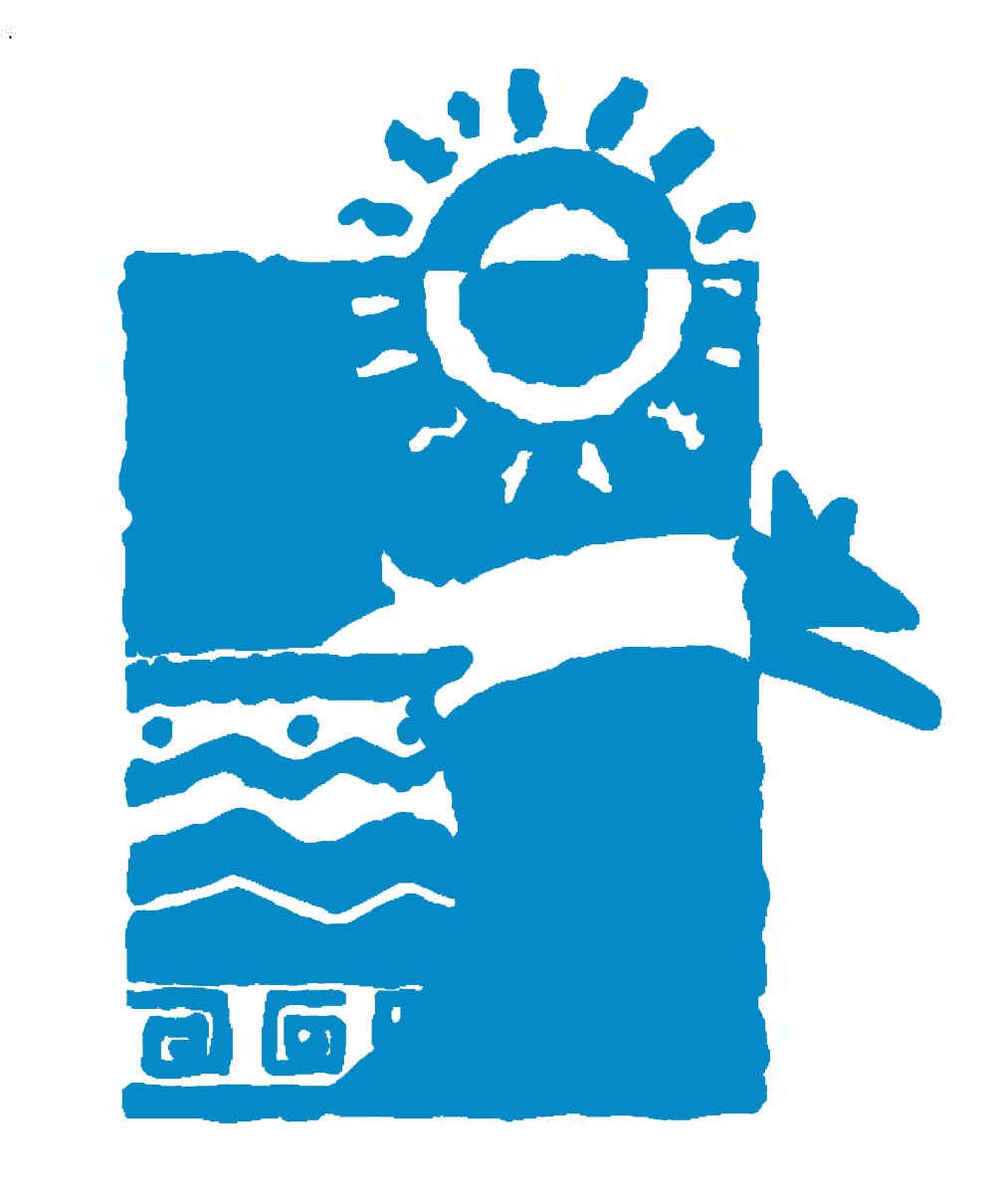This past legislative session, HCR2047, sponsored by Representative Russ Jones (R-Yuma) and co-sponsored by a bipartisan group of 17 members of the House, would have placed a referendum on the November ballot seeking voter approval for reinstatement of the Arizona State Parks Heritage Fund. “Pristine areas that represent the varied vistas, flora, and fauna found throughout Arizona, along with many important fragile sites, represent the heart and soul of our state,” Jones said. “It’s particularly important now, as Arizona celebrates its Centennial, that we rededicate ourselves to the preservation of our historical roots and spectacular vistas.”
The bill passed its first hurdle, gaining the unanimous 9-0 vote of the House Agricultural and Water Committee. However, the measure was suffocated in the State House before it could even get a full debate. The House Appropriations Committee chairman, Representative John Kavanagh (R-Fountain Hills), said there were more important uses for the money and denied it a hearing.
“Voters fought for 22 years to protect this fund,” said Beth Woodin, President of the Heritage Alliance and former Arizona Game & Fish Commissioner. “We’re doing everything we can in our waking hours to bring it back to them. The Heritage Fund has a huge economic impact,” she said. “For legislators who are cranking the line about job creation and community pride, this is something really positive to have on your resume.”
In May, the Citizens to Save Arizona’s Natural Resources filed language for an Initiative to seek qualification for the November 2012 statewide ballot that provides voter-protected funding for the management and protection of our natural resources. The new initiative called the Arizona Natural Resources Protection Act will ensure that current and future generations are able to enjoy the natural splendor, historic heritage and outdoor recreational opportunities offered at our Arizona parks and recreational areas.
This campaign was created in a very short time in response to the Governor’s veto of HB2362, state parks revenue fund, which was sponsored by Representative Karen Fann (R-Prescott). Fann’s bill would have established the State Parks Revenue Fund consisting of retail sales, appropriations, gifts, donations, user fees, concession fees and other revenue generating activities.
Previously, for many years, Parks was asked by the Governor and Legislature to operate like a business and make its own money. It did just that, and fairly well, but the Legislature took all of that too. HB2362 was intended to be a remedy for that sort of sweep. It passed the House and Senate with about 97% of the vote only to be vetoed by the Governor. Brewer did not like that there were no provisions to have those funds appropriated by the Legislature. As part of budget 2012 negotiations, those funds are now permitted to go to Parks as long as they are appropriated.
Currently, the group, Citizens to Save Arizona’s Natural Resources, is hoping it can gather the 230,000 or so signatures necessary to make it to the ballot for 2012. The Arizona Natural Resources Protection Act, if successful, will be funded donations from generous citizens when they renew their drivers’ registrations. The fee suggested is $14, but one may opt out of it for any or all automobile registrations. This is not a tax. It is voluntary. It is hoped that enough citizens will donate to fill the fund and more so that State Parks may once again keep all parks open and in good repair.
This Initiative language is written by Andy Gordon who penned the original Heritage Fund Initiative in 1990. Gordon is a partner with Coppersmith Schermer & Brockelman PLCand specializes in Election Law. This measure to help save State Parks is important for Arizona’s wildlife too. It would:
- voter-protects the entire $10 million Game and Fish Heritage Fund.
- establishes a new State Parks granting fund for $10 million to be used for habitat protection and purchase as well as environmental education and historic preservation.
- protects all Arizona State Parks funds from Legislative sweeps.
If the Arizona Natural Resources Protection Act does not make it to the ballot or is not passed by the voters in 2012, another similar initiative will get crafted in November for the 2014 election cycle. The Arizona Heritage Alliance will continue leading the dialog with community leaders to reinstate the State Parks Heritage Fund.
A 2007 study estimated that 224 jobs were directly supported by Parks Heritage Fund grants. Heritage-funded improvements to parks and historic sites help attract more than 2 million visitors, about half from out of state, who add $266 million to our state’s economy each year and support an additional 3,000 jobs, mostly in rural areas that have been among the most heavily impacted by the economic downturn.
Reinstatement of the parks funding is not a partisan issue. It is not a liberal-conservative issue. It is common sense and sound business practice – a win-win for wildlife and habitat, outdoor recreation, historical restoration and Arizona taxpayers.
For more information regarding the Arizona Natural Resources Protection Act go to:
